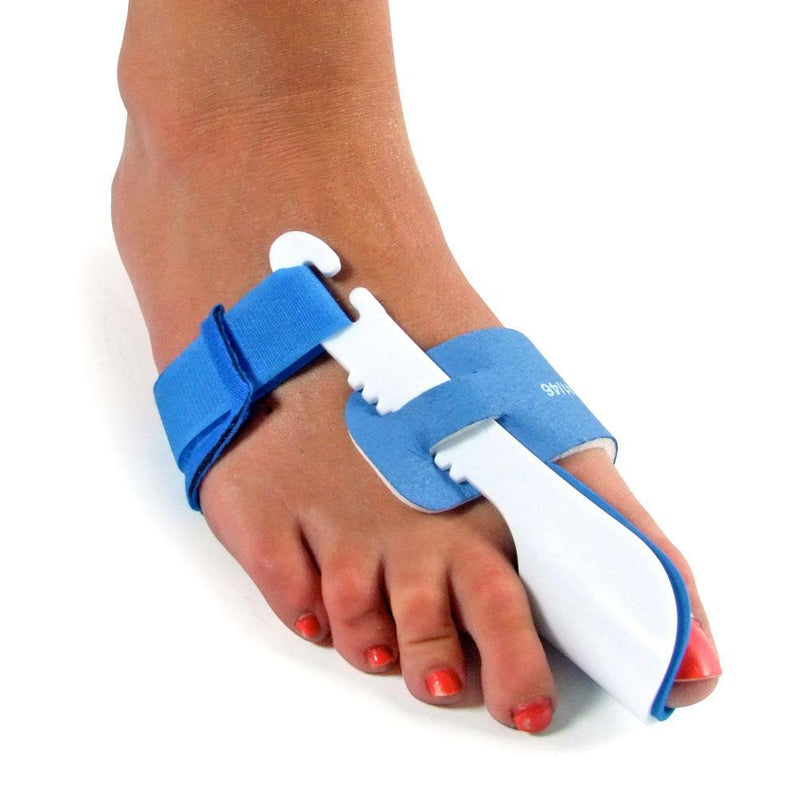
The Hemmka Health Hallux Valgus Night Splint has been designed to immobilise the hallux valgus, aid in patient comfort and help maintain alignment.
It gently realigns tight tendons and muscles in your foot while you sleep.
This is a good alternative to surgery.
This bunion regulator gently repositions your big toe, while you sleep, to help relieve pressure and discomfort.
Features
- Material: Nylon/Neoprene
- One Size Fits All
- Comes a specific right or left or discounted as a pair - Includes both a left and right foot support.
- Unisex
- Suitable For: Bunions, Hallux Valgus
Description
To be worn at night only, the Hemmka Health Hallux Valgus Night Splint provides a rigid splint that immobilises the big toe whilst maintaining correct alignment and helping to control swelling.
Before purchasing any type of support brace we recommend that you consult your GP or therapist to diagnose your condition.
What is Hallux Valgus?
Hallux valgus or better known as a bunion, is one of the most common forefoot deformities. It manifests with the proximal phalanx (big toe) deviating laterally and the first metatarsal head deviating medially. It is usually due to the adduction of the first metatarsus, called metatarsus primus varus. Common in runners and women who wear high heels.
